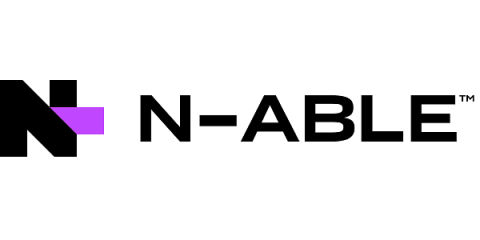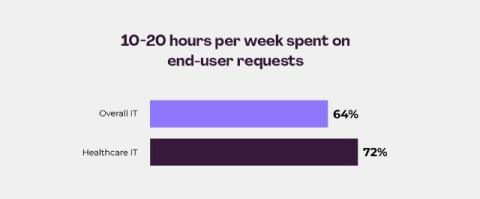Exploring Enterprise Mobility Management (EMM)
When mobile devices first made their way into the workplace decades ago, mobile device management (MDM) provided device-level control and security. As mobile technology advanced, enterprise mobility management (EMM) grew out of MDM to include mobile application management (MAM), mobile content management (MCM) and identity and access management (IAM). Today, EMM gives you a comprehensive approach to managing the various usage and security aspects of mobile devices in the workplace.











